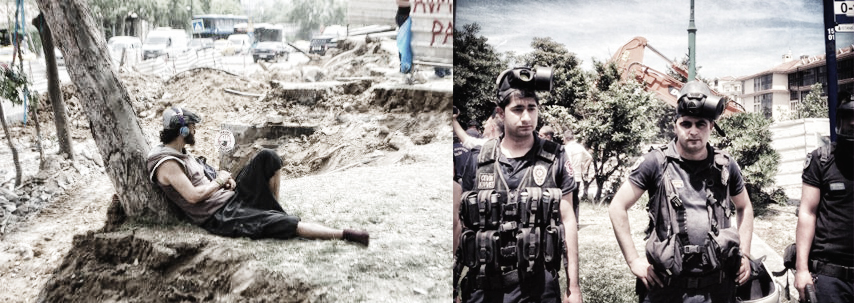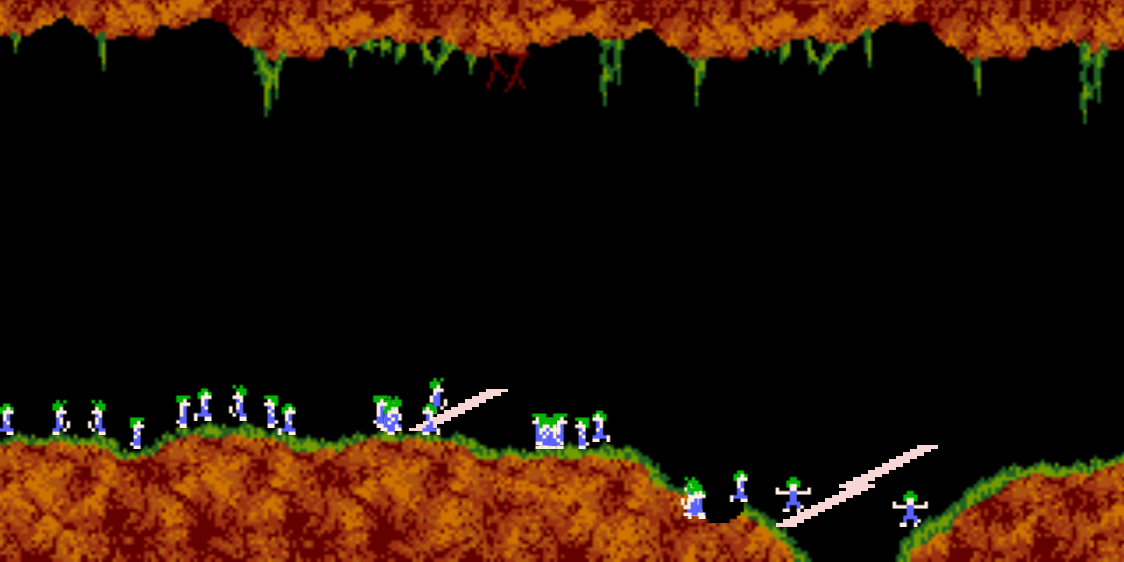
PROTESTOR GUARDING HIS TREE / POLICEMEN GUARD THE DESTRUCTION
WHAT WE CAN LEARN FROM A PARK
http://en.wikipedia.org/wiki/2013_protests_in_Turkey
Summer of 2013 something happened in Istanbul, the monetary system wanted to take the only green space left in Taksim, the GEZİ PARK, wich was the last public breathing point for the people and the reason to do so was to build a SHOPPING MALL
Like Toyo Ito says, the rapid economical growth was there, trying to reach every corner of the city, every valuable space was being occupied by big “bosses” to be sold. The park was tried to be destroyed with the help of police force. People resisted, the resistance spread to the country, that mall was not built. This shows if people themselves have the respect to the nature, we have a lot to learn from a tree, everything startet with a tree at gezi park but of course had political background.
WHAT WE CAN LEARN FROM A TREE
Toyo Ito mainly focuses on the idea of creating a connection between nature and human living environments “cities”. There is the example of the tree, which can grow vertically but also create harmony with his surroundings and in itself by sharing the sunlight with every leave democratical as neighbours living in harmony. He asks the question why humans today “lost” that connection wich he had with the nature in rural horizontal cities, what did we miss trough the inevitable proccess of going vertical in the city.
Ito runs his office for over 40 years and he talks about the different eras of arcitectural growth of the city, and for him the word city means “Tokyo”. The swimming in the sea of consumption, extreme fast economical changes influence architecture and create almost impossible relationships in the city texture. He and his colleagues ask the same questions in every era, even if rules of the game changes in every 10 years period. Who is the architect, how much an architect can influence the world in this rules and for whom is architecture practiced and how can we learn from the nature.
He accepst and creates an anology with the rules of the game in the human world, in the the ecosystem “the forest”, when if only one tree tries to abstract himself form the system, gets eliminated, as this fight between spiecies creates their harmony. Harmony comes from the constant fight, which fight brought us to live worse. Instead of creating indusry for sustainability, we should simply learn from nature.
Modern times create so called fictional architecture, Ito states, as we architects fix on an image and miss the importance of building creation proccess and humanitary needs also naturality. His own Sendai Mediatheque building period is for him an example of, how reality changes the mind of an architect by time, the end product may vary from the idea or image, but get better qualities after facing reality. The imaginary idea dies, leaving huge amount of construction work behind. However your image is idealised, the building is real.



